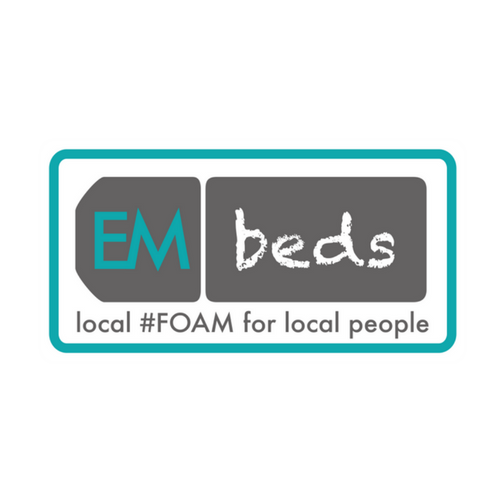NHS England, Public Health England and the Health Protection Agency have produced several very useful resources for us to use – BUT First.
Remove – Remove – Remove
Basics
Contacts
- Health Protection Agency Teams – HERE
- West Yorkshire
- In hours: 0113 386 0300
- Out of hours: 114 304 9843
- West Yorkshire
-
ECOSA (Emergency Coordinated Scientific Advice System) – 0300 3033 493
- UK NPIS – 0344 892 0111
Guides
- PHE: CBRNe Guide – covers from initial contact to specific threats
- HPA: New Disease New Threats – images and info to aid identification
- PHE: Suspected Novichock in ED – guide to management
- NHS England: Guide to Major Incident and Mass Casualty – covers most MAJAX issues inc. ballistics, explosive, chemical
- Local: Ram-Gene – External Radioactive Contamination
- PHE: Radiation (internal only) – we have Rotem Ram-Gene
Nerve Agent (Organophosphate)
- HIGHLY TOXIC chemical warfare agents: small drop on skin can be FATAL
- Cause death by RESPIRATORY ARREST due to CNS depression and muscle paralysis by same mechanism as organophosphorus insecticides
- Absorbed through skin (through clothing) and eyes, by inhalation, or by ingestion
- RAPID DRY DECONTAMINATION is essential following SKIN EXPOSURE; secondary cases can follow exposure to inadequately decontaminated primary cases
- Clinical effects depend on agent, on dose, duration and route of exposure
- Local effects are immediate
- SPECIFIC ANTIDOTES AVAILABLE AND CAN BE LIFE SAVING IF ADMINISTERED PROMPTLY
- Seek Immediate expert advice/support from:
- ECOSA (Emergency Coordinated Scientific Advice System)
- NPIS (National Poisons Information Service)
- Always treat as a deliberate release – Contact Police
Staff Saftey (PHE Advice)
- PPE (gowns, visors and two pairs of nitrile gloves) is adequate
- It is not necessary to invoke lock down procedures in this situation
- Ideally care should be provided in a single person room – where clothing and clinical waste can be secured safely for later disposal
- Primary decontamination of a patient is achieved by removal and double bagging of their clothing
- When time allows decontamination using a careful wash of the patient’s skin using soap / detergent and water is desirable using standard NHS PPE (gowns, visors and two pairs of nitrile gloves)
Management
P1 (Severe): Unconscious, convulsions, respiratory distress, respiratory paralysis / arrest, profound bradycardia (< 40), cyanosis.
P2 (Moderate): Not walking. Excessive secretions, confusion, not obeying commands, wheezing, incontinence.

Atropine dose in <12yrs (PHE recommendation) – 50 – 75 microgram/kg
Consider Opiate toxicity
The most important differential diagnosis is suspected opiate overdose, and a trial of naloxone should be given initially PHE recommend:
Naloxone 12 years or over:
- Initial dose of 400 micrograms
- No response after 60 seconds, give a further 800 micrograms
- No response after 60 seconds, repeat 800 micrograms
- No response (after a total of 2 mg) give a further 2mg dose
- Large doses (4mg) may be required in a seriously poisoned patient.
Naloxone Under 12 years of age:
- Initial dose of 100 micrograms/kg (0.1mg/kg) up to a maximum of 2mg,
- No response after 60 seconds give another 100micrograms/kg (0.1mg/kg)
- Repeat until a satisfactory response has been obtained or a maximum of 2mg has been given.
